Pictures: What Port Talbot steelworks looked like in the 1960s
- Published
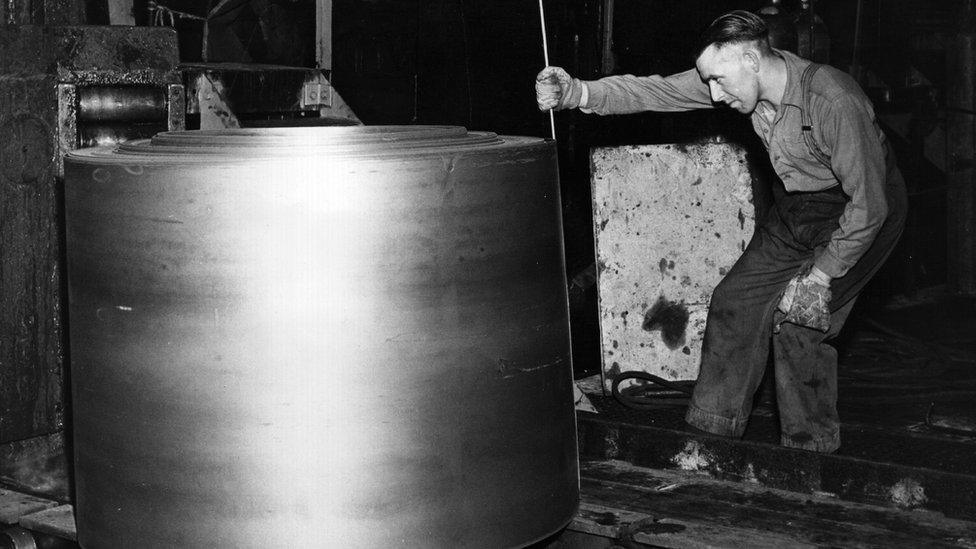
Steelmaking has been a major part of Port Talbot in Wales for decades. This photo from 1961 shows a worker measuring a roll of steel. (Getty Images)
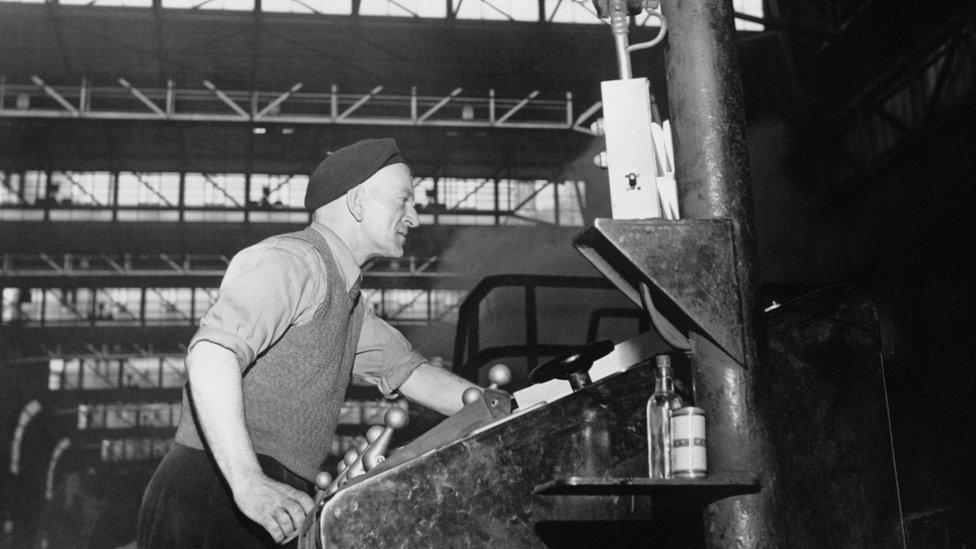
The first steelworks in Port Talbot was set up in 1902. (Getty Images)
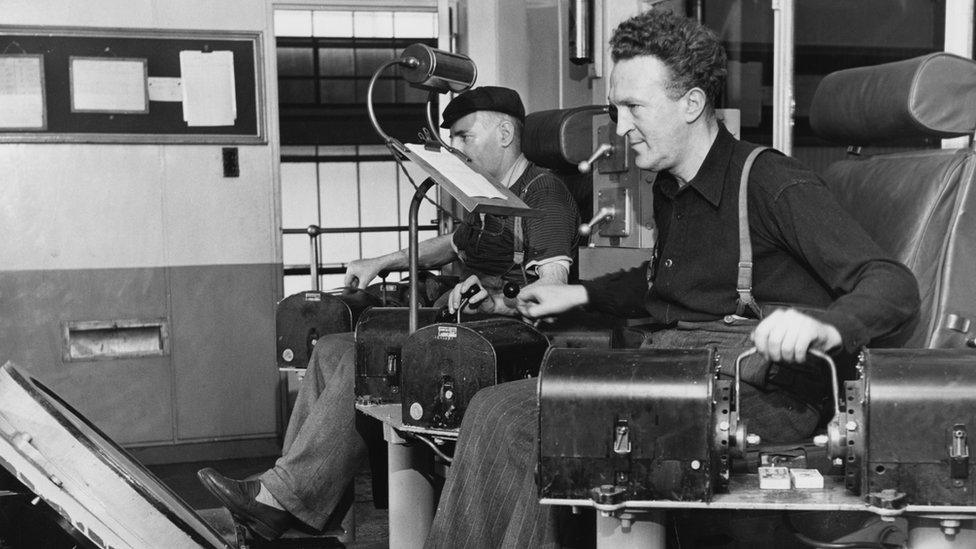
By the mid-1960s, it had become the largest steel operation in Europe. Almost 20,000 people worked there. (Getty Images)
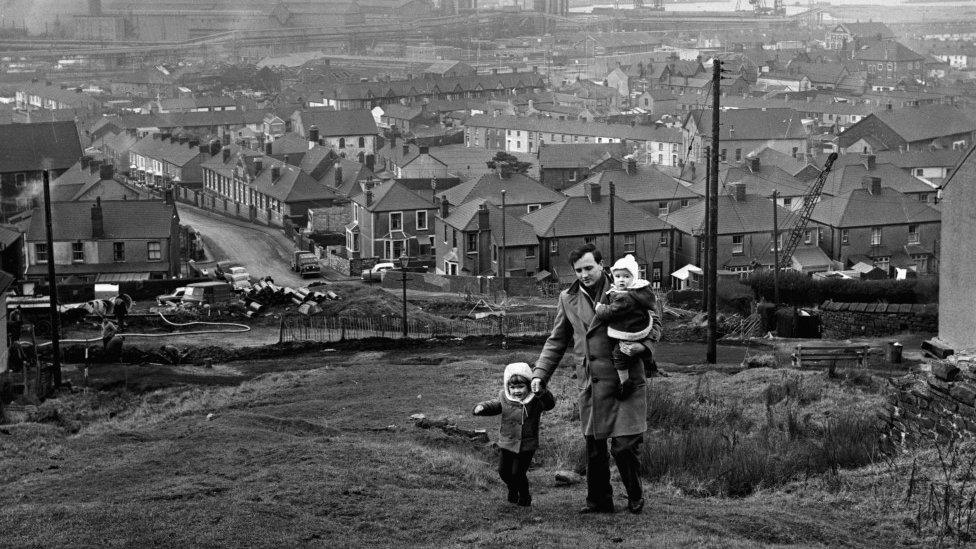
The town grew around steelmaking, with loads of families in the area working in steel. (Getty Images)
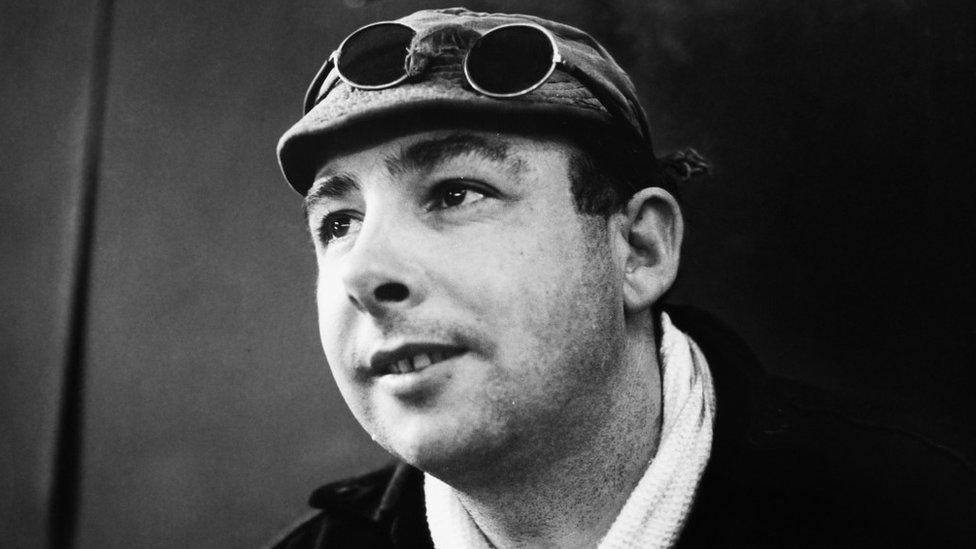
Around 4,000 people there still work in steel today. But those jobs are now at risk after owner Tata Steel announced plans to sell off UK factories because they're not making money. (Getty Images)
